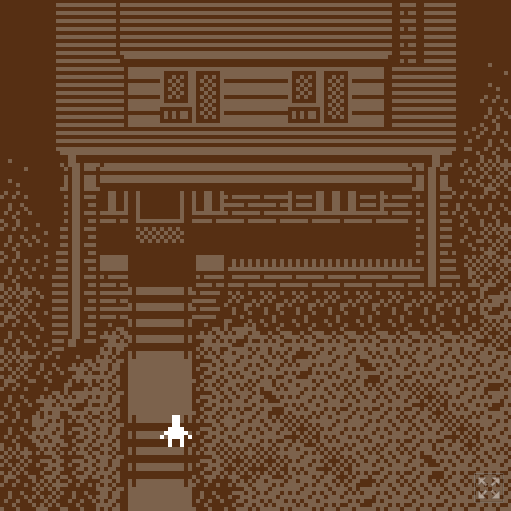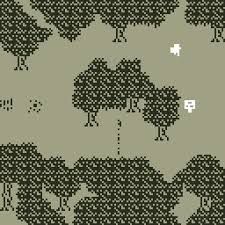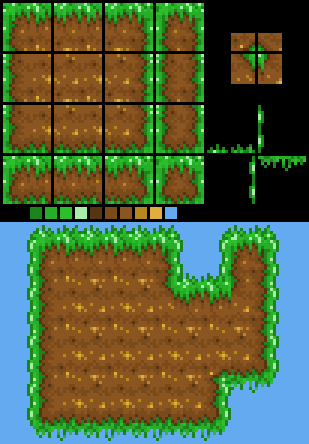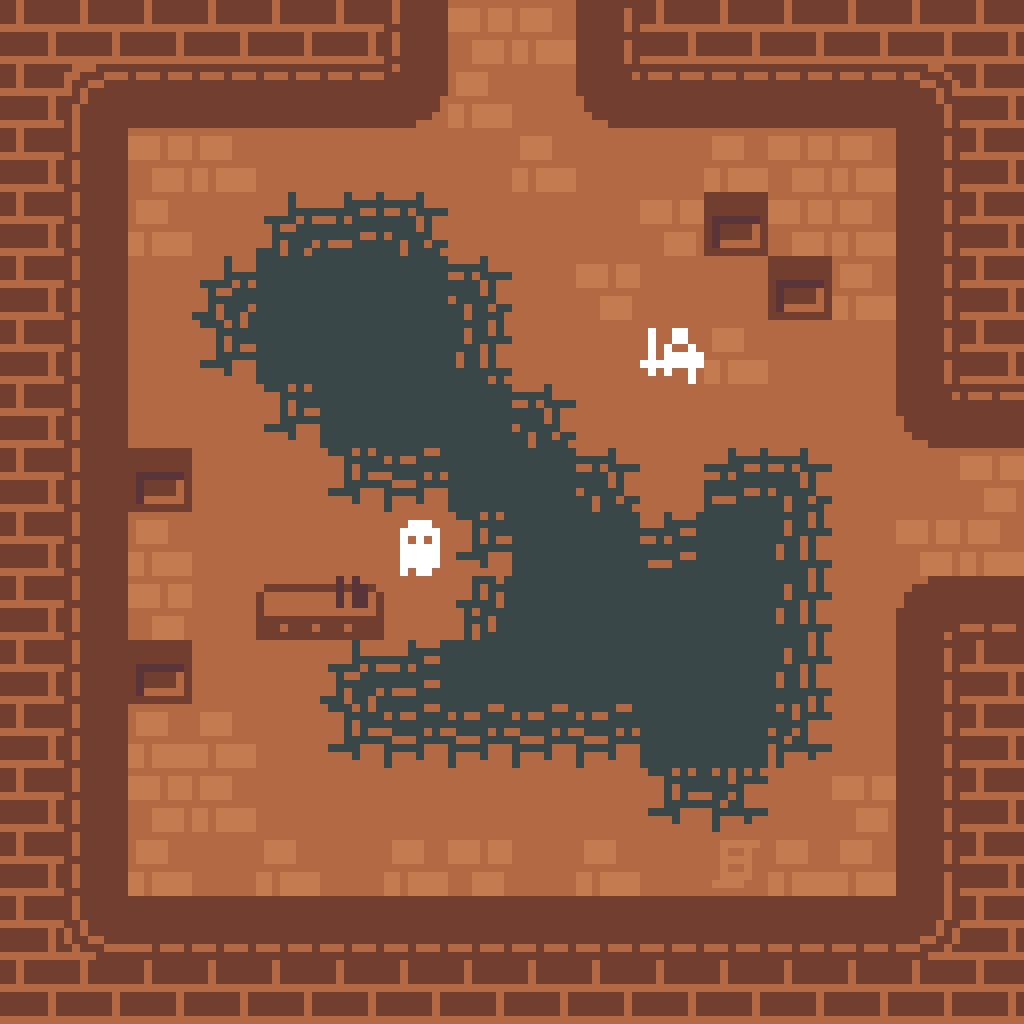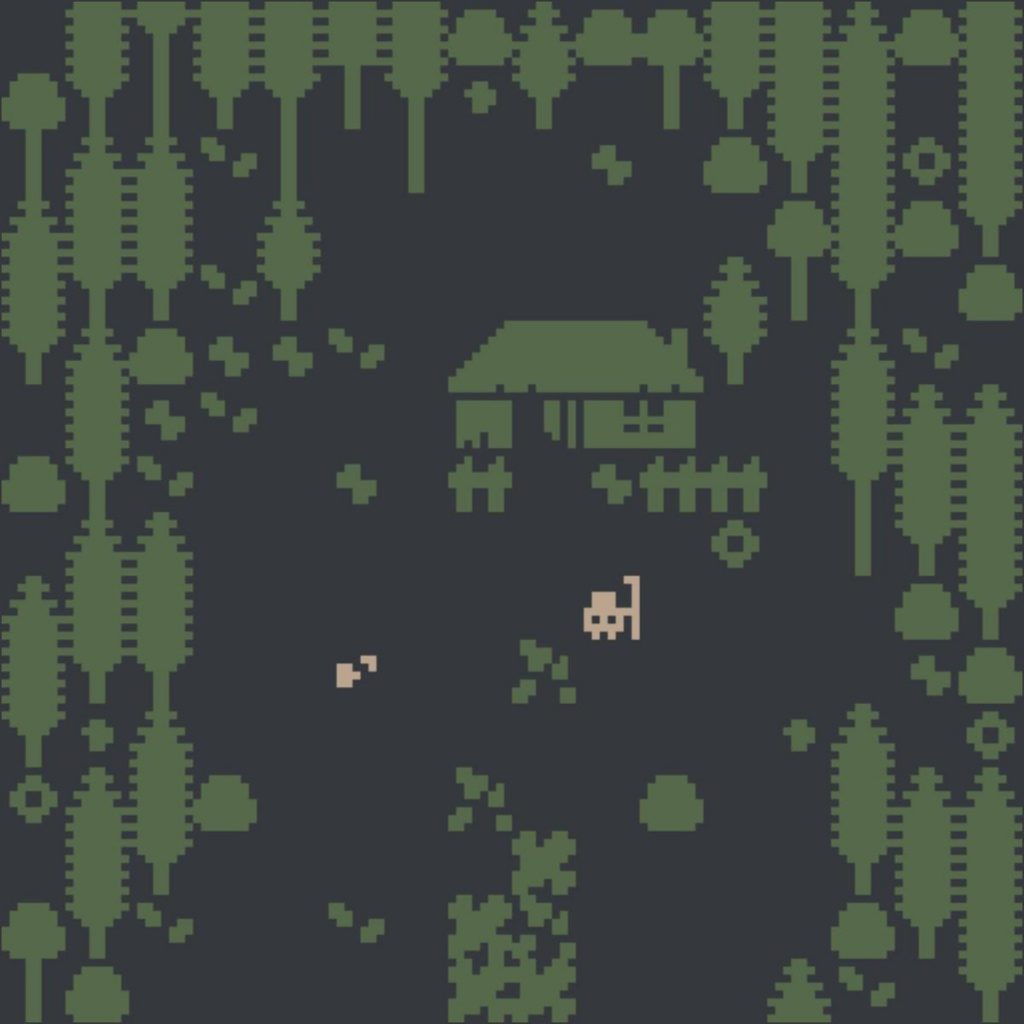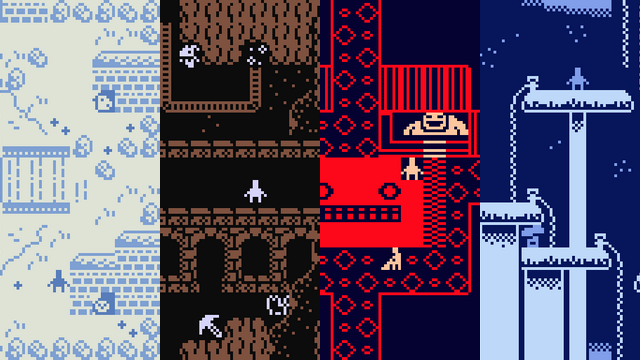 Bitsy is a little editor for little games or worlds developed by Adam Le Deux.
Bitsy is a little editor for little games or worlds developed by Adam Le Deux.
Bitsy games typically involve some kind of avatar moving through different rooms.
Each room is made by repeatable tiles and can contain interactive objects and exits to other rooms.
“Pushing against” interactive objects can make them disappear (collectables) or display text (dialogues, monologues, descriptions, narration).
Bitsy games are saved in the browser memory so download them often as a backup and if you need to work from different computers.
Before you start working on your bitsy prototype, check some games made with the tool.
Play at least 5 of the short games below and find an additional two on itch.io (search by tag bitsy) which may share some similarities with your project.
Post a one sentence review on discord for each of them (no jokes please).
7 things I mistake for my cats (an fun intro to bitsy)
Junk Shop Telescope (playing with scale)
Spiral house (playing with abstraction by alumn Everest Pipkin)
A gallery visit (not only top down)
Novena (playing with repetition)
Continental Drift (autobiographical)
Moss as texture as space folding onto itself (playing with patterns and abstraction)
Roomba Quest (puzzle)
Our Damned Machine (environmental piece)
The last human touch (time travel)
Cinerarium of solaris (magical realism)
A prison strike (by me)
Tutorials
Intro to bitsy (text)
Bitsy workshop (slides)
Bitsy hacks
Image to bitsy – convert external images to bitsy data
The key door problem using duplicated rooms
Visual tips
It’s ok to leave areas untiled, you can use negative spaces and the background color to communicate what areas are walkable
 especially for natural environment make slight variations of the same tiles to make it look less grid-like
especially for natural environment make slight variations of the same tiles to make it look less grid-like
Avoid square tiles and straight edges especially when doing non architectural rooms
Making tilesets is pretty much about rounding corners and creating patterns that break the grid:
modular tiles are powerful but consider patterns that cover multiple tiles to add some variation. Like this:
You only have two colors but you can use techniques like dithering (manual in this case) to add depth and gradients

